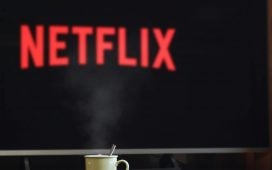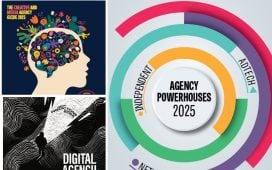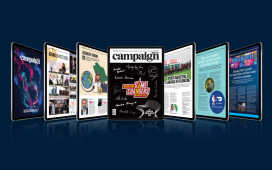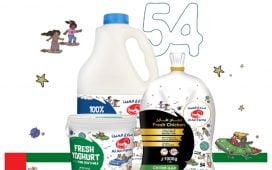 Over the last two years, the digital ecosystem has taken on a new urgency. As agencies and brands weathered the disturbances instigated by the pandemic, digitisation became integral to their responses and plans. Brands changed their process toward the digital ecosystem and realised that if they were late to implement a digital structure, they were losing immediate return.
Over the last two years, the digital ecosystem has taken on a new urgency. As agencies and brands weathered the disturbances instigated by the pandemic, digitisation became integral to their responses and plans. Brands changed their process toward the digital ecosystem and realised that if they were late to implement a digital structure, they were losing immediate return.
Post-pandemic has forced brands to be prepared for an entire digital shift in dynamic markets to meet audience needs. The audience, spoiled for choice, will take convenience over loyalty.
Therefore, brands have made numerous positive changes, from the improvement of existing approaches to new ideas for product and service delivery. Most companies need effective tools like a digital transformation framework to complete smooth integration with data as the focal point.
To remain competitive in this rapidly changing landscape, organisations must quickly adapt their strategies and embrace the changes that are most likely to affect the customer experience significantly. This means staying on top of the latest trends in digital transformation. A few social posts won’t do it.
Which of these trends will spill into 2023 and what changes do you expect?
The main trend that will spill into 2023 dates back to 2020, the core pandemic year. Digitalisation of offerings will remain the key trend that all brands will chase. More partnerships are to be expected.
For the services sector, the trend would be the dependency on aggregators. The same aggregators will gain more power, and compete harder in multiple industries, especially F&B and e-commerce.
Key changes to anticipate in 2023 will revolve around the implementation of data protocols with about 18 months remaining before the death of cookies.
What are some of the biggest challenges you foresee?
As a marketing consultancy, the biggest challenge would be trial. Brands are hesitant to experiment with moderated marketing budgets. The playground for award-winning ideas is still massive but becomes limited when investments are reduced.
For brands, on the other hand, the biggest challenge will be customer retention. Big players like Amazon have established a strong base across the globe. This leaves players in the same field behind schedule as they attempt to compete for the share-of-pocket of a very self-aware and spoiled consumer.
What can brands do differently to accelerate their digital strategy?
Work habits are changing, and brands must either adapt to new digital transformation or fail to survive. There’s no way to sugar-coat it, but if you’re still analysing the feasibility of transformation, you’ll soon be out of business.
Innovations and rapid digital transformation are changing the fundamentals of work that brands need to adapt to new tech such as artificial intelligence (AI), data analytics, machine learning and the internet of things (IoT). Such techs re-shape industries and brands towards reaching the benefits of upscaling and keeping up with competitors.
My recommendation is to keep an open mind and listen to the experts. Brands must always define their marketing strategy to keep up with the latest digital transformation and to ensure reaching business goals. We always advise brands to improve personalised experiences with users to gain a competitive advantage amongst competitors.
What are the biggest opportunities brands can gear up for this year?
Since its launch, ChatGPT has been the biggest talking point. The possibilities of AI that were being discussed years ago are now coming to life. This is a big opportunity for brands to explore and upscale their content abilities.
Other key opportunities will revolve around increased digital consumption. Your audience is available on that same screen you use. As we took on personalisation, we have the tools to create audience pools with similar interests, and ChatGPT can help create content that appeals to the language used nowadays.
At Boopin, we’ve already adopted many tools as we explore the potential of ChatGPT. Our approach is to always use the best-in-market tools while ensuring our human touch remains as we refine the content and response proposed by the AI.
On the digital front, explore your relevant application programming interface (API). Focus on making things work for your business line. F&B outlets are seamlessly connecting to aggregators like UberEats, Deliveroo and Talabat. The opportunity sits in an API that will connect you to your core audience.
Gear up and collect first-party data. This should be your primary focus.
Understand consumer pain points and personalise them to audience segments.
Win an award, or 10. Good marketing resonates far longer than any social video or post.









